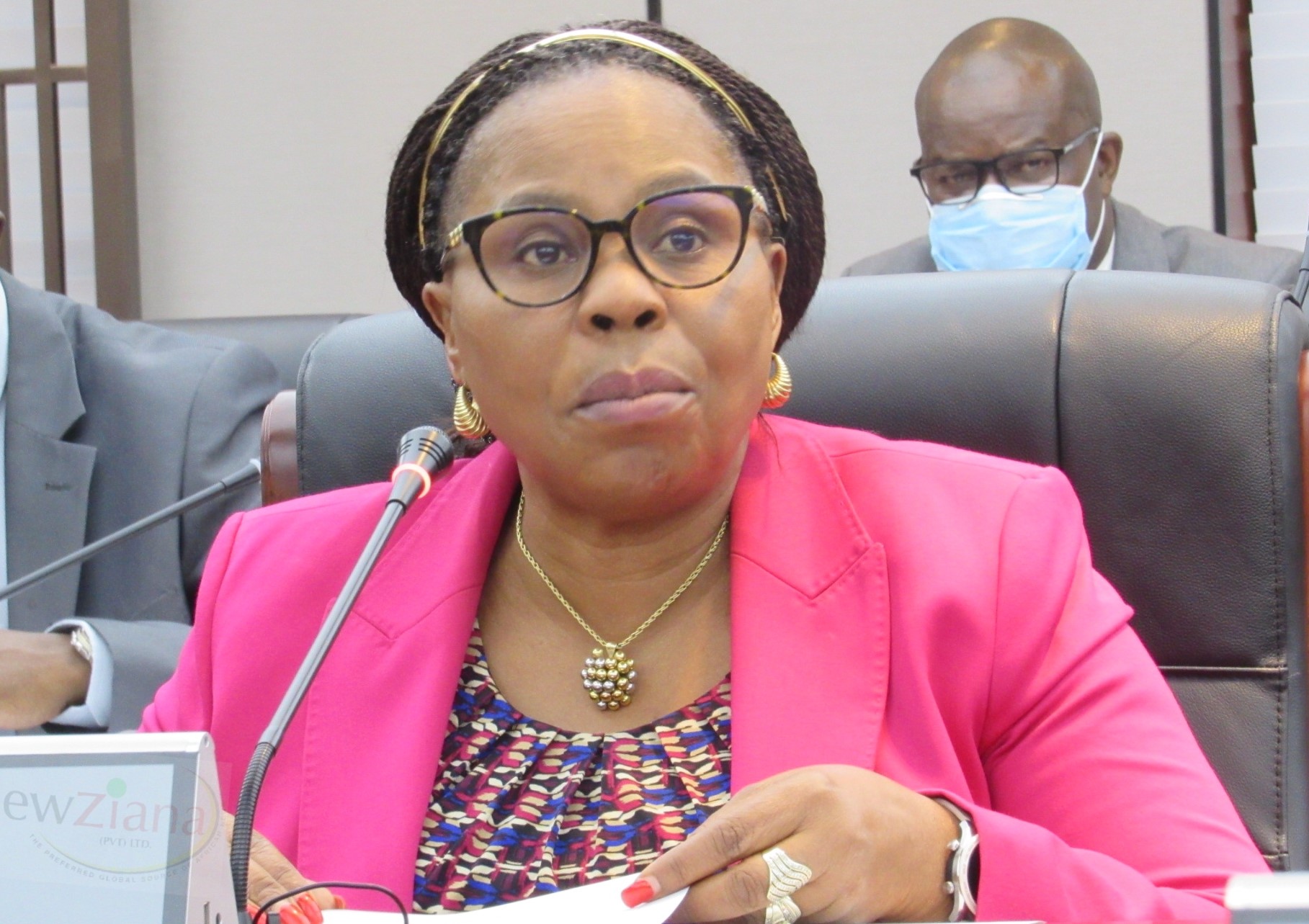Govt targets increased export earnings
Share

Harare (New Ziana) – Cabinet on Tuesday approved a new trade policy and export promotion strategy which aims to secure Zimbabwe US$7 billion in export earnings by 2023 and doubling the receipts to US$14 billion by 2030, a Cabinet Minister has said.
The government, under President Emmerson Mnangagwa, is pushing to reverse the long running trend where the country recorded low exports compared to imports due to several reasons, chiefly, low industrial production.
Information, Publicity and Broadcasting Services Minister Monica Mutsvangwa said the trade policy sought to make Zimbabwe “A transformed, dynamic and internationally competitive economy driven by robust domestic and international trade.”
“Essentially, the policy proposes an exports roadmap that will realise US$7 billion worth of exports by 2023 and US$14 billion in export value by 2030,” she said in a post Cabinet briefing.
“The Trade Policy and Exports Strategy acknowledge the need to promote mutually beneficial trade with external parties, while simultaneously taking into account the challenges that impact on local industry as well as the country’s bilateral, regional and multilateral obligations.”
Mutsvangwa said the other objectives of the trade policy and export strategy included promoting export-led production and industrialisation, diversification of export products and markets.
She said government was also targeting to improve the balance of trade position by at least 10 percent annually.
Last year, Zimbabwe recorded trade surpluses in some months as a direct result of the renewed emphasis on export promotion.
For example, in October last year, Zimbabwe recorded a trade surplus of US$83 million after the country exported US$483.3 million worth of goods, while imports stood at US$400.6 million.
Mutsvangwa said government had also set its sights on improving Zimbabwe’s ranking on the World Bank’s Trading Across Borders Distance to Frontiers Index from 54.34 percentage points in 2018 to 65 percentage points in 2023 and 75 percentage points in 2030.
“The broad policy measures include, among others, developing and nurturing an export culture;establishment and operationalisation of Special Economic Zones, establishment of the Zimbabwe Export Promotion Council, resuscitation of the Trade and Economic Relations Committee (TERC) as an inter-institutional consultative mechanism, promotion of trade-in-services, implementation of tariff and non-tariff measures to enable importation of raw materials and capital goods in order to stimulate production and export of value-added products and regulating standards and quality for compliance with international standards in both imports and exports,” she said.
“The key implementation mechanisms of the National Trade Policy and Export Strategy include the development of sector-specific trade plans, promotion of electronic commerce, and extension of preferential access to finances, trade support and information for women and youths.”
According to statistics from ZimStats, trade performance in the period February-October last year showed the trade deficit decreased by 55 percent from US$1.31 billion recorded during same period in 2018 to US$587 million.
However, although trade deficit reduced, Zimbabwe’s total exports for the period February-October 2019 amounted to US$3.01 billion, indicating a 25 percent decrease from US$4.04 billion recorded during the same period in 2018.
On the other hand, the total import bill was US$3.6 billion, a 33 percent decrease from the US$5.35 billion recorded in the same period in 2018.
New Ziana








